Have you thought about reusing the water in your house? This is one of the most important things you can do in times of sustainability.
And do you know why? Water is a finite resource, that is, it can run out. And everyone knows that there is no life without water.
So this is a topic that deserves your attention. Not to mention that reusing water will save you a little money at the end of the month.
So, why not?
We encourage you from here with several tips and ideas on how to safely reuse water and in the right way, come and see!
The importance of reusing water
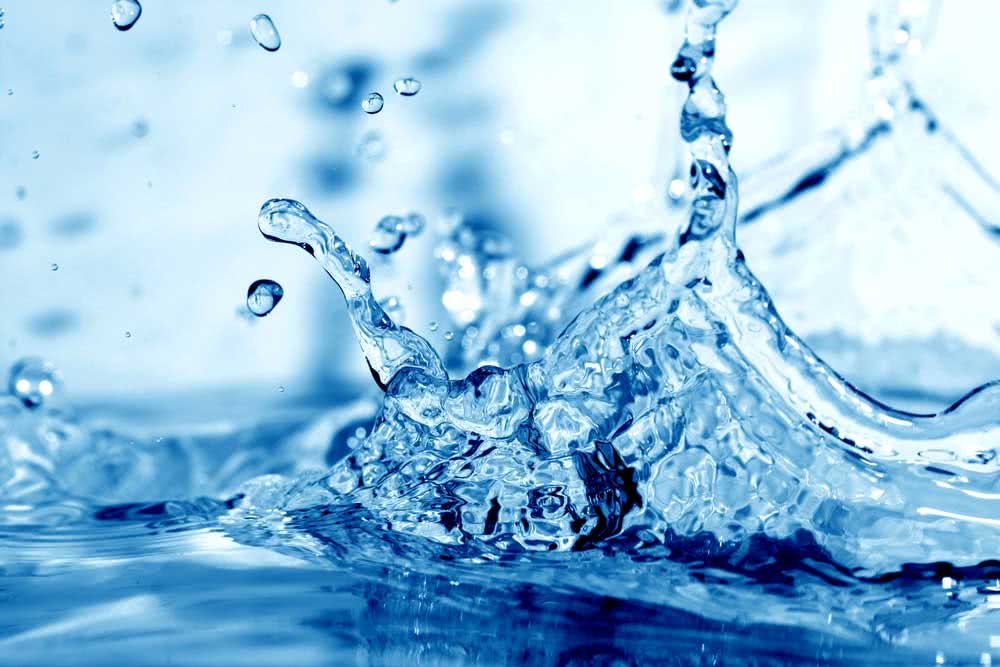
It never hurts to reinforce the importance that water has in our lives. But just to be clearer, let’s bring some numbers.
Our planet is affectionately called the water planet. In fact, it is full of water, only 2.4% of this water is sweet, the rest is in the oceans and the polar ice caps.
Of this 2.4%, however, only 0.2% is available for human consumption, since most of the reserves are located underground or in the form of steam in the atmosphere. Not to mention all the polluted water that has no conditions for use.
Given these data, the UN has released a study warning that by 2050 about 45% of the world’s people will not have access to the minimum amount of water needed to live.
But there is no need to wait until 2050 to be shocked by the sad reality we live in. This is because half the population of the least developed countries has access to clean water, causing 2 million people to die every year as a result of consuming contaminated and untreated water.
Meanwhile here in Brazil the problem is in waste. It is estimated that for every 100 liters of treated water, we literally drain about 38 liters. The quantity is so great that it would be enough to fill 7 thousand Olympic swimming pools or supply 60 million people.
Care for reuse water
The reuse water is also known as gray water, because the water that has already been used ends up gaining a coloration that varies from light gray to very dark gray.
And it is very important that you understand the difference in the color of the water in order to use it correctly.
Remembering that reuse water should never be used for drinking, cooking or bathing.
The gray waters can be reused to wash the car, the yard, flush the toilet, wipe the floor, water the plants and other activities that do not require the use of clean water.
But how do you know if the water is suitable for use? First, you need to know where this water is coming from.
Bath water, for example, always comes with shampoo residues, body creams and lotions, soap and body secretions, such as sweat. This water should not be used to water plants, for example, but it can be used quietly to flush.
The water that comes out of the washing machine can be reused in different ways depending on the time of the cycle that the water was collected. The first cycle, right after washing, has a greater amount of waste and, therefore, should be used for tasks such as washing the car and the yard.
The rinse and fabric softener water, in turn, can be used to clean the floor or for you to wash a carpet or cleaning cloths.
The important thing is that you always evaluate the level of waste that the water has accumulated to determine how it can be better used without compromising the health of the family and the cleanliness of the house.
It is also always very important to remember that reused water must be stored in closed containers to prevent the proliferation of the dengue mosquito, especially if the idea is to collect rainwater.
And speaking of rainwater, know that it is perfect for countless household chores, but don’t even think about using it for drinking or cooking. This water accumulates waste that is toxic to human health.
Another important tip: treat reused water with chlorine.
This is because the reused water contains residues that over time will decompose and leave the water with a bad smell.
The procedure is simple, just add a tablespoon of bleach or chlorine for every two liters of water.
How to reuse water at home
How to reuse water from the washing machine
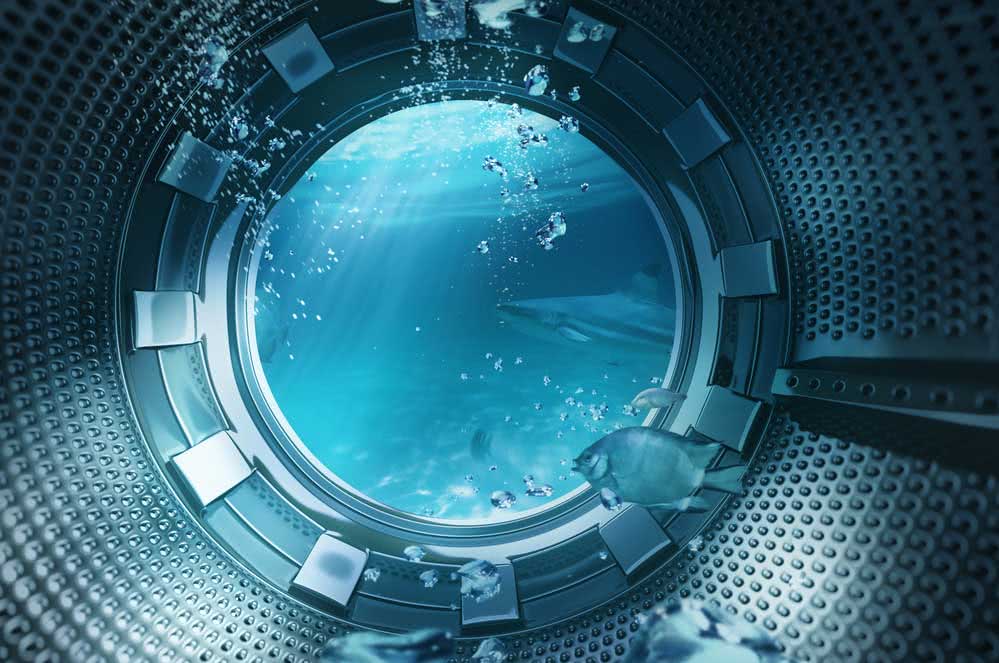
The washing machine consumes the most water in a home. On average, a machine with a capacity of 10 kilos can consume up to 160 liters of water per cycle.
What to do in this case? Remove the hose from the machine that leads to the sewer and connect it to a collection container or place it directly over a bucket or inside the tank.
Then you can use this water any way you like.
How to reuse bath water
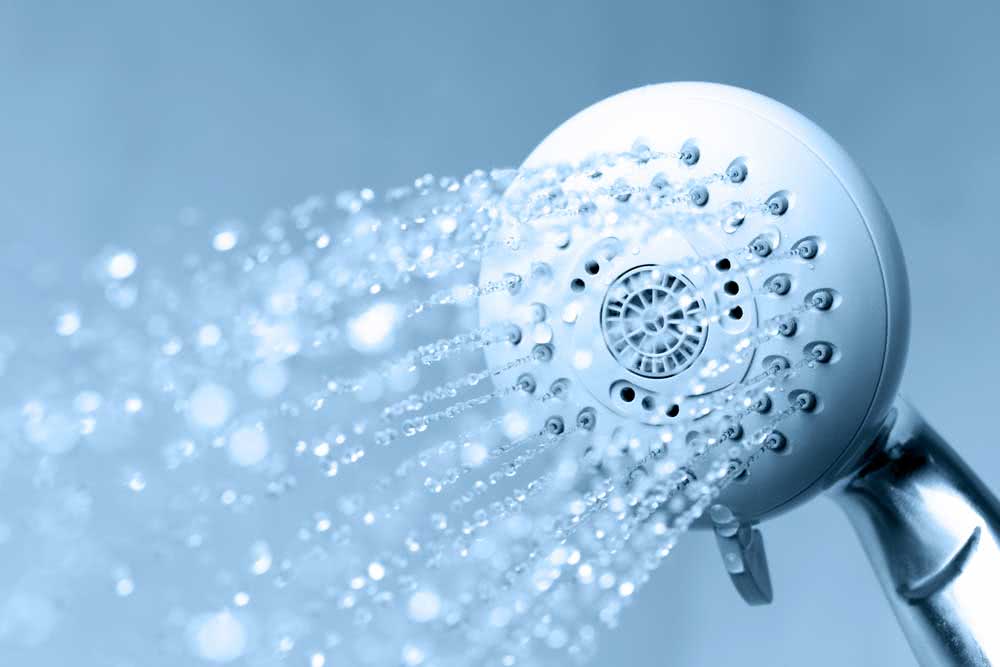
A 15-minute bath consumes about 135 liters of water.
So, first of all, try to reduce your time under the shower.
That done, the second tip is to collect this water with the help of a bucket or in a collection system that takes the bath water directly to a cistern.
Bath water can be reused mainly for flushing.
How to reuse rainwater
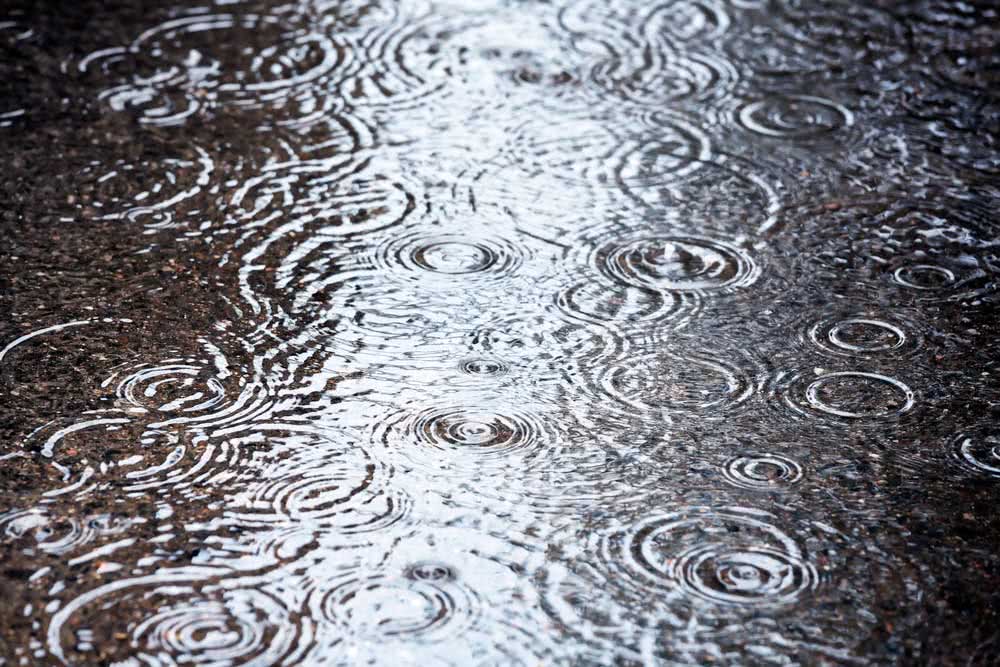
Rainwater can be reused for watering plants, washing the car and the yard, cleaning and bathing pets, for example. But don’t use it for bathing, drinking or making food, okay?
Rainwater can contain substances harmful to human health.
To reuse rainwater you can use the good old bucket strategically positioned next to the roof gutter, for example.
Another alternative is to invest in a cistern or other container capable of storing a larger amount of rainwater.
And never forget to cover the container with rainwater, just to avoid visiting the dengue mosquito.
Reuse cooking water
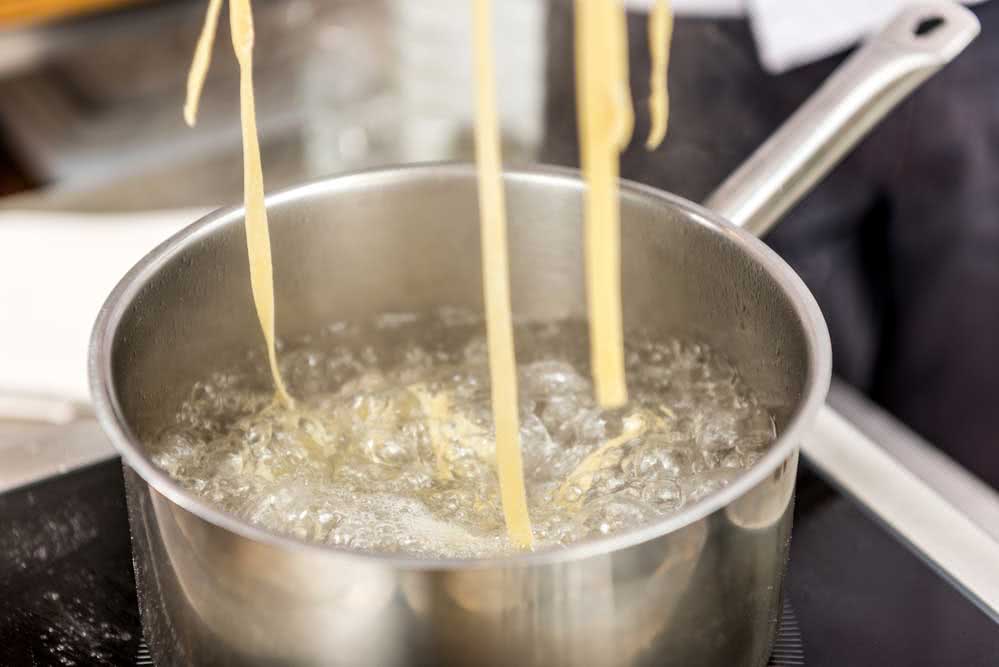
Did you know that vegetable cooking water can be reused? Yes you can! It can be used for soup, for example.
And you can even use it to water your plants, as this water is full of nutrients that will strengthen greenbacks. But in this case, it is important that the water is not seasoned with salt and oil.
Give aquarium water a new chance

Do you have little fish at home? So let’s reuse the water that no longer serves them. Like? In the plants.
The aquarium water is rich in nitrogen, a key element for plant health.
But be careful: do not reuse the aquarium water if it is salty or very dirty.
Conscious use of water
Much better than reusing is to use water with economy and awareness. So we have listed below essential tips for you to start applying today at your home. Check out:
Close the tap
This is an old one, but it costs nothing to repeat. When brushing your teeth or washing the dishes, turn off the tap. It costs nothing!
Just to give you an idea, the simple fact of leaving the faucet open generates such a waste of water that if all Brazilians adopted the idea of turning off the faucet while brushing their teeth, the equivalent of the volume of water that falls into one full day at Iguazu Falls.
Clothing Day
Determine a day of the week to do laundry. Believe me, it makes a difference, after all, the machine is already going to fill up, so why not use it to its full capacity instead of just placing a few parts?
Check for possible leaks
Another big villain of water waste is leaks. They are quiet and you may not even notice, so it is important to be aware of the signs that the house shows.
Moldy and damp walls and floors can indicate leaks. If in doubt, call a professional and make repairs, if necessary.
Use dual drive discharges
Replace old flushes in your home with newer models with double actuation valve.
These discharges allow you to regulate the amount of water that will be used depending on the need (number one or number two, if you know what we mean).
Bet on the aerators
Faucet aerators are a great trick to save water. These small pieces are installed next to the tap. And do you know what they do?
They simulate a greater water fall, but in fact what they do is to guarantee more pressure, giving the feeling that the water jet is bigger.
Change the thinking
Finally, but still super important, is the change in thinking about water consumption.
The idea of spending as if there was no tomorrow was left behind. Everyone already knows that the risk of water scarcity is real and is getting closer and closer.
That is why there is an urgent need to adopt more sustainable practices on a daily basis and make this a routine, something habitual.
Think about it and move on with an increasingly green and positive attitude.



